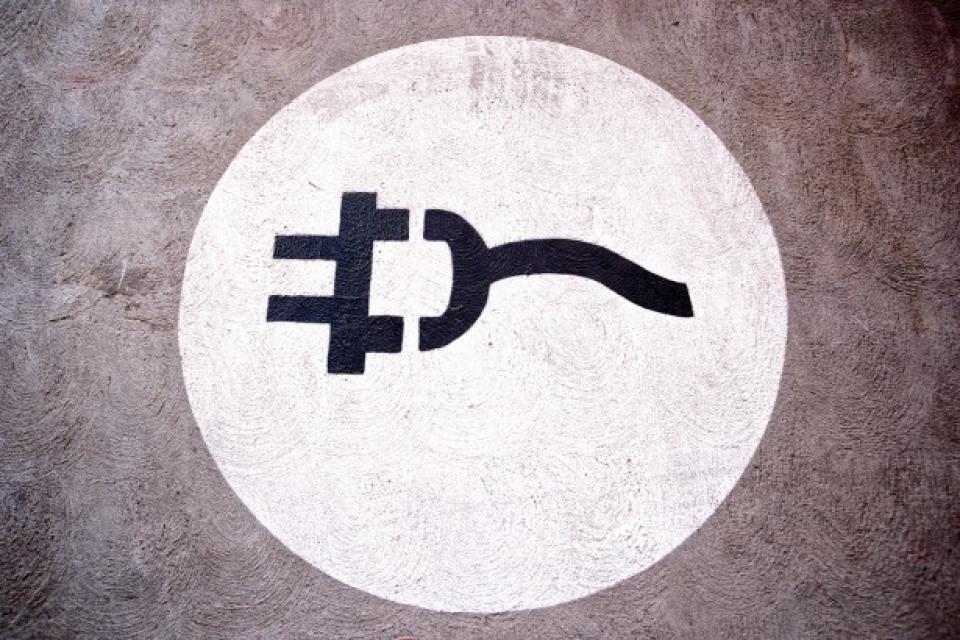
Electricity and transport’s ‘coupling’ needs more work
By Jelena Simjanovic, clean energy directorWHAT I LEARNED IN 2016: I joined T&E in late summer, soon after the European Commission published its Low-emission Mobility Strategy. Its goals looked promising: increasing efficiency of the transport system; speeding up the development of low-emission alternative energy for transport; and moving towards zero-emission vehicles. While I had a general idea about biofuels and sustainability issues around them, I entered the transport world after 10 years of working on a variety of energy sector issues and carbon markets. I feel privileged to have a job where I can learn as much as I have learned in the past five months, while at the same time utilising my extensive knowledge of the electricity and energy markets for the discussion on transport electrification and development.
Interested in this kind of news?
Receive them directly in your inbox. Delivered once a week.
The wording of the strategy was a win, and a good base for the energy team’s campaign on the Renewable Energy Directive proposal, which came in November. We fought hard – and succeeded – to reduce the food-based biofuels cap to 3.8% in 2030. Is it enough? No. Is it a step in the right direction? Yes.
We also managed to ensure that advanced biofuels are incentivised. Is it a perfect “pull-policy” direction? No. Is it a step in the right direction? Yes.
Have we secured policy incentives for electricity as a fuel? No. Is it for lack of effort? No. Coupling of the transport and electricity sectors is relatively new and, as such, it simply needs more policy tweaks. Coupling would bring enormous benefits to both: transport could reduce its GHG emissions; while the grid, which is increasingly being decentralised in its supply, would benefit from having access to energy storage which it could use to balance itself.
But in order for EV owners to participate in the market, vehicles need to be plugged in somewhere. This is where the Buildings Directive (BD) comes in. In short, the BD, starting in 2025, requires only commercial buildings with more than 10 parking spots to have one EV charger. But the reach is not wide enough to give options for many people to actually be plugged into the grid somewhere and provide that electricity.
By coupling transport and electricity, we are also inherently making a connection between support for biofuels and electricity as fuel for transport. But if there is no target for electricity and there is for biofuels, it is hard to see how we are going to facilitate an accelerated transition to a more sustainable transport future. It is time to bank on the progress in decarbonising electricity by using it to rapidly decarbonise other sectors – transport included. But for this to happen, we need to set up incentive mechanisms for electricity to become a widely used fuel in the transport sector.
This is why in 2017 the energy team will continue to push for: regulating fuels through the Fuel Quality Directive; lowering the food-based biofuels cap; the setting of appropriate criteria for advanced fuels; consistency across different sectors on policy measures to support electricity as a fuel. And I am confident we will make this effort a success.
